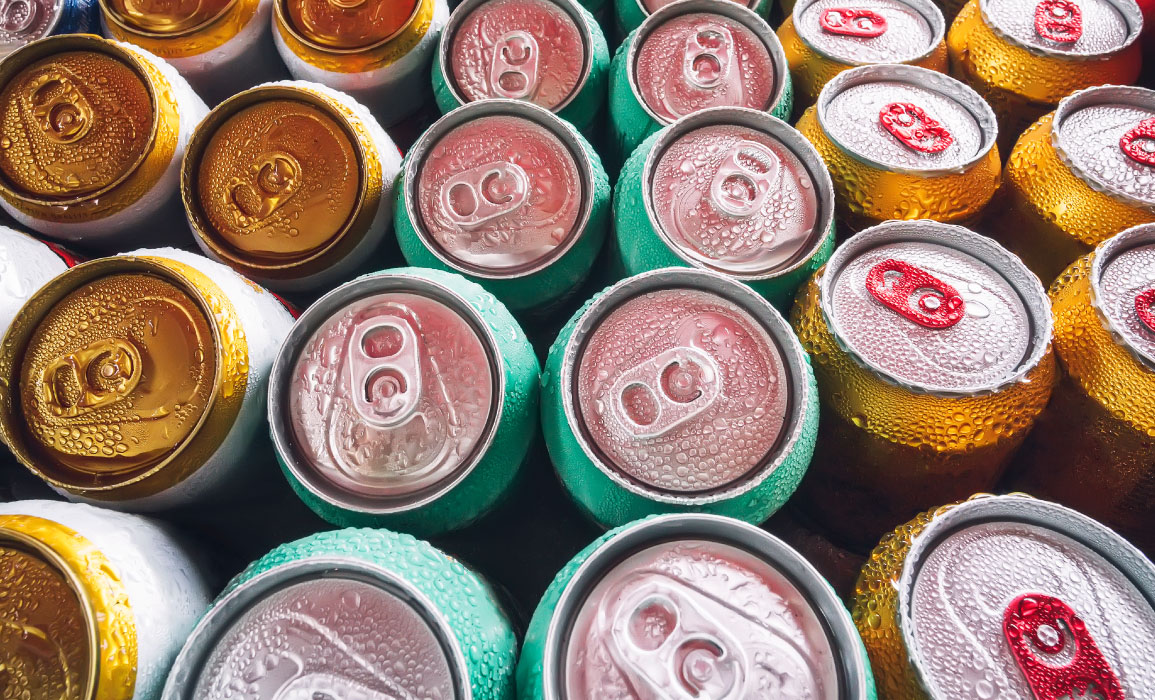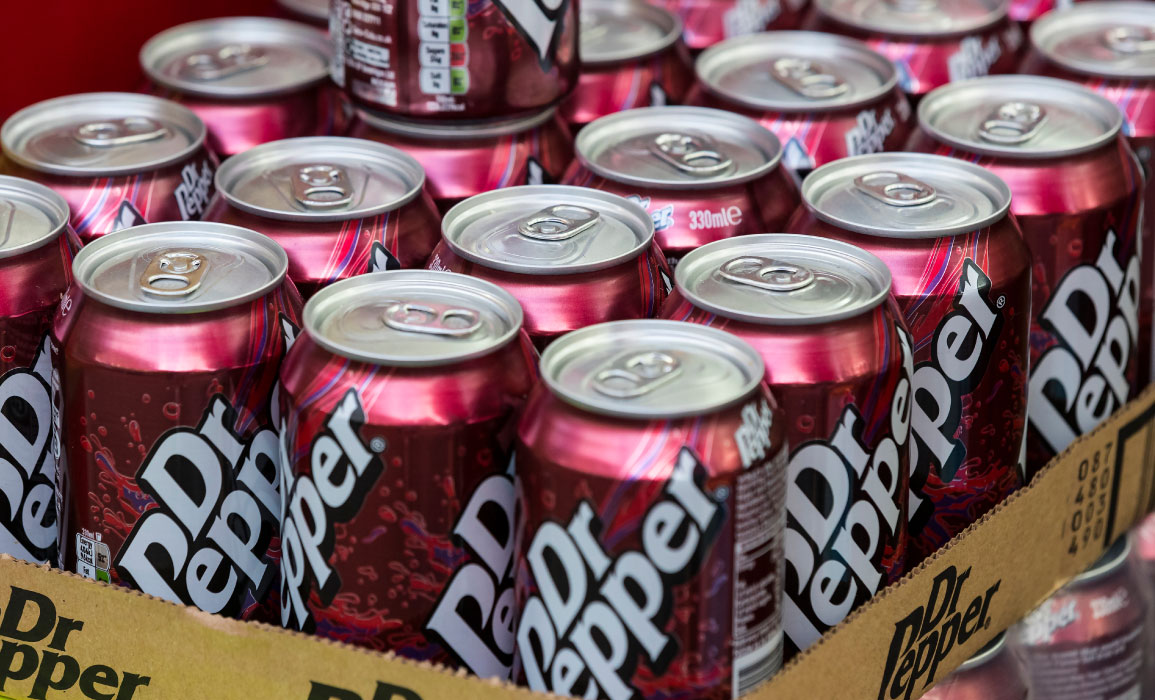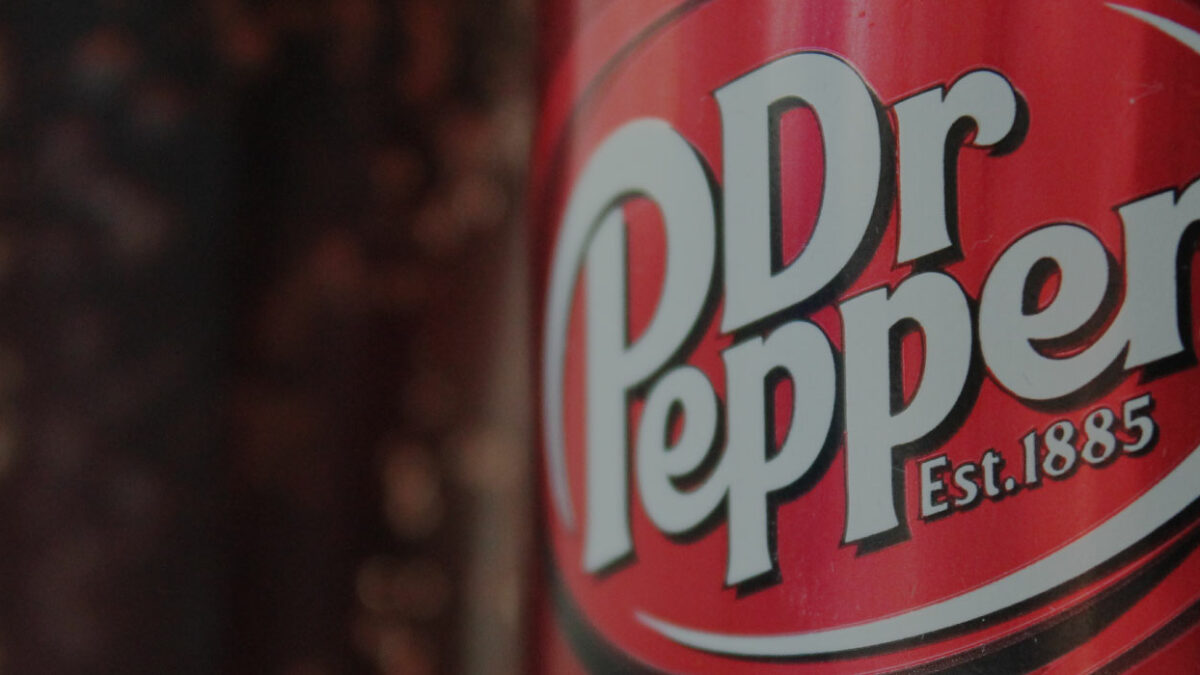
How COVID-19 Impacted the Supply Chain
April 27, 2021
Key Takeaways from Supply Chain Europe 2021
May 28, 2021The summer of 2020 was an unusual one, to say the least. Forced to forego typical seasonal activities like travel, festivals, and concerts in light of a global pandemic, consumers’ spending patterns shifted in unexpected ways. Demand for some services and goods plummeted, while it increased dramatically for others. Supply chain managers that hadn’t planned ahead by prioritizing resilience simply couldn’t keep up.
So went the story of Dr Pepper, the beloved soft drink.
Thirsty customers looking to satisfy their craving for the fizzy beverage were out of luck. As temperatures rose and the pandemic droned on, cans disappeared off shelves. Keurig Dr Pepper, maker of the eponymous beverage and other favorites like 7 Up, reported an increase in sales during summer 2020. The spike in demand was attributed to the double-whammy of new flavors and changes in consumer shopping habits due to COVID-19.
The other factor at play: a shortage of aluminum cans. As consumers increasingly seek “green” alternatives to plastic, they have been reaching for cans in place of traditional plastic bottles. This left Keurig Dr Pepper in an even more vulnerable position.
Ultimately, the company was forced to Tweet to its customer base, informing them that yes, there really was a shortage of all flavors of the popular soda. “We’re doing everything we can to get it back into your hands. That means working with our distribution partners to keep shelves stocked nationwide,” the official company Twitter account shared on August 10.
This supply chain fiasco might have been avoided altogether had the company engaged in proactive supply chain planning. Focusing on building a resilient supply chain is just one of the ways Patrick Rigoni helps companies sidestep disasters like the Dr Pepper shortage in the first place.
How would he have prevented the soda inventory mishap using Demand Driven methodology? Demand Driven Material Requirements Planning (DDMRP) is his strategy of choice, as it emphasizes inventory buffers that act as “shock absorbers” when supply and demand are turbulent. DDMRP buffers develop supply orders based on three zones that are differentiated based on actual inventory, stock ordered but not yet received, and qualified sales order demand. Channeling this methodology, Dr Pepper could have stayed one step ahead of pandemic fluctuations in supply and demand.
Read on to learn about Patrick Rigoni’s game-changing approach to SCP.
Q: If you had been at the helm, how would you have ensured Dr Pepper supply met the high demand in summer 2020?
Patrick Rigoni: The most complex part of a canned soda supply chain is the aluminum can, not the soda.
As a bottling company, I would certainly use my empty cans as a DDMRP buffer.
If you are filling different types of beverages in the same type of can, then the ideal situation would be to print the cans at the moment of filling so that you could store blank cans. In this way, you have more flexibility and are more responsive to changes in market demand with overall less inventory. Of course, the business case must consider the investment in the can printer.

Q: What are the advantages of using the cans as a DDMRP buffer in a situation like the Dr Pepper shortage?
Patrick Rigoni: Managing the cans as a DDMRP buffer, whether pre-printed or blank, has the advantage that it provides a quick and reactive signal to resupply only the cans that are needed. This is especially important when there is a shortage of materials because it avoids wasting precious materials and resources where they are not needed.
The overall growth in sales of canned beverages seems to be less than 10%, so a DDMRP buffer would manage that easily without even needing to be adapted.
Q: What if there was no way to anticipate the increased demand for the soft drink?
Patrick Rigoni: Let’s assume that this surge in sales was totally unexpected and couldn’t have been predicted: as soon as you get the signal that something is changing in the market you could then use different forecast scenarios and simulate the development of your buffers into the future, thus informing you of the potential bottlenecks in materials and capacity.
The important thing here is to understand that these projections are used to adapt the buffers and ensure that capacity is available, but then activities are only triggered based on actual sales in the markets or consumption of buffered materials.

Q: Any final thoughts on how Demand Driven methodology could be utilized in a scenario like this?
Patrick Rigoni: By managing finished goods as DDMRP buffers and using techniques like prioritized share, a company facing shortages of product and a surge in sales is much better equipped to deal with the situation and navigate through the supply crisis without impacting customer service.
What-if Scenario Planning to Avoid the Shortage
Demand Driven methodology offers supply chain managers a powerful tool to leverage during uncertain times. Patrick Rigoni will explore DDMRP as well as DDAE (Demand Driven Adaptive Enterprise) in his upcoming webinars. The latter can be instrumental for companies preparing the launch of a new product: for example, a summer-themed soft drink.
Using what-if scenario analysis to plan for finished goods buffers, the company can answer questions like:
- What if we pre-build our buffer based on upside inventory but then the downside sales happen?
- How much extra inventory do we carry for how long?
- How much inventory will we have to write-off due to obsolescence?
This can be particularly important for products with shorter shelf life, like a summer beverage, since what can’t be sold by the end of the summer will need to be scrapped. A company like Keurig Dr Pepper might have explored the following possibilities in anticipation of summer 2020:
- Can we hold a buffer of beverage in tanks– that is, not-yet-filled bottles? Or maybe some concentrated form of the beverage that only needs to be diluted and filled in bottles?
- Do we have enough reserve capacity to quickly convert the intermediate in finished products if demand increases? If not, how much extra capacity (like bottle filling) would we need? How much investment would be necessary to buy the extra capacity or outsource the filling?
Ready to discover how Patrick Rigoni’s Demand Driven methodology can work for you? Prevent painful supply/demand mismatches by stress-testing your supply chain and building buffers. Get ahead of the game by booking a free consultation.






